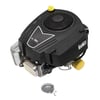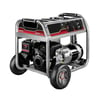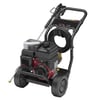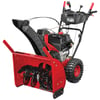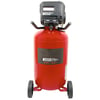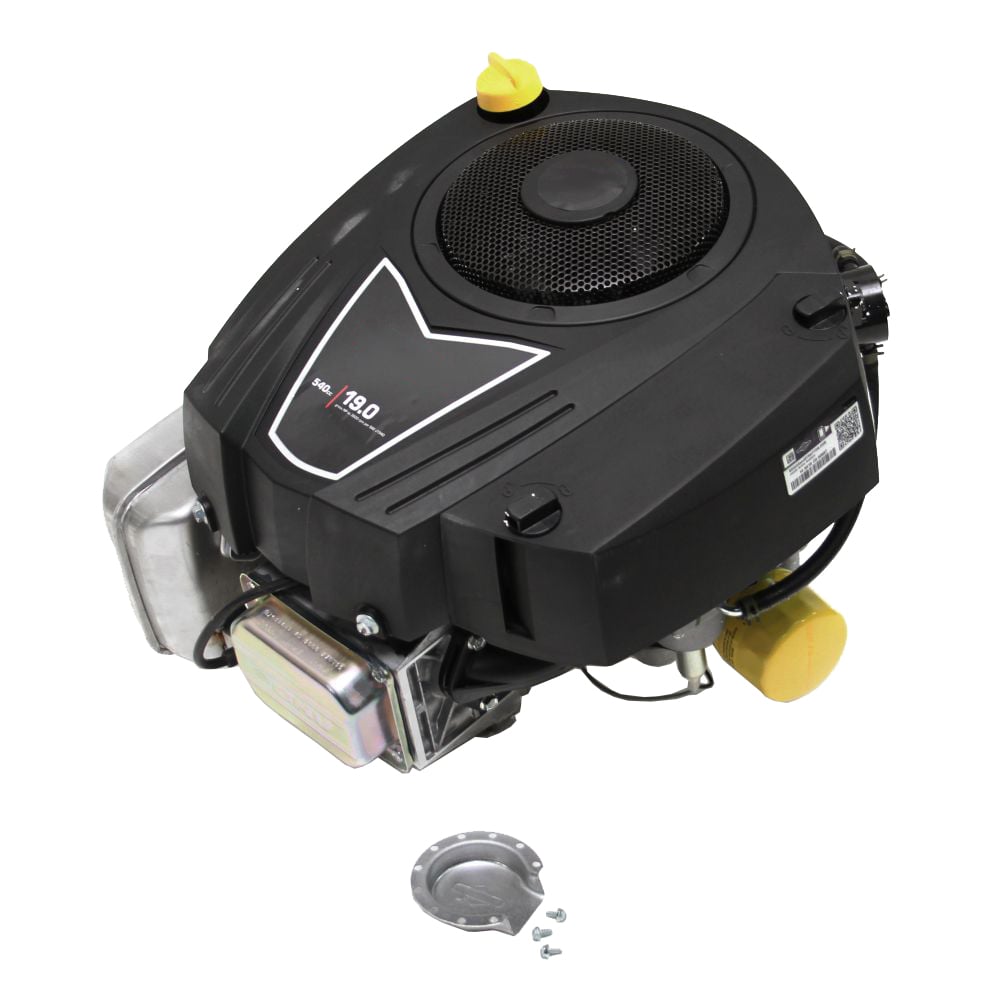- Kenmore refrigerator water filters
- Whirlpool refrigerator water filters
- Samsung refrigerator water filters
- GE refrigerator water filters
- LG refrigerator water filters
- Frigidaire refrigerator water filters
- KitchenAid refrigerator water filters
- Maytag refrigerator water filters
- Kenmore Elite refrigerator water filters
- Estate refrigerator water filters
- GE Profile refrigerator water filters
- Amana refrigerator water filters
- Bosch refrigerator water filters
- Dacor refrigerator water filters
- Electrolux refrigerator water filters
Briggs & Stratton makes a wide range of equipment for home, commercial and industrial use. The equipment relies on a number of different parts to work effectively. If a part malfunctions, it may keep the unit from working properly. When this happens, you can repair the equipment yourself with replacement parts from Sears PartsDirect.
We carry parts for these popular Briggs & Stratton models
Repairing your Briggs & Stratton equipment
If your equipment isn't working as it should, the following troubleshooting tips may help.
- If your air compressor keeps losing oil, check the crankcase. You may just need to replenish the oil, but if the problem persists, it might be necessary to replace the bearings. If the problem is low tank pressure, you may need to replace the pressure switch.
- If the high-pressure hose is leaking in your pressure washer, check the O-rings. If they're cracked, broken or showing any signs of wear, it may be time to replace them.
- If your Briggs & Stratton riding mower engine won't start, begin by checking the starter with a multimeter. If that checks out, the problem may be the carburetor or the spark plug.
Some typical problems seen with Briggs & Stratton generators
Whether you are using a generator to power your home in an emergency or to get work done on the job site, it can be convenient to have this tool on hand. As with all internal combustion engines, though, generators have a range of small moving parts rubbing against each other and wearing down until they eventually break. Some common problems that can result in your generator breaking down include cracked or dried-out belts, a dead battery, block heater damage, little or no coolant, little or no oil and contaminated fuel.
Here are some reasons why your generator may not be working properly:
If you are running your generator for longer periods of time than what is recommended by the manufacturer, then the excessive burden may burn out key engine components. Depending on how long and how hard the generator is being run, major engine damage can happen to the pistons, valves and electrical systems. Overloading the current drain can also have similar repercussions. As the engine strains to compensate for the excessive electrical devices plugged into it, the risk rises of both engine and electrical systems burnout.
If your generator keeps turning over but does not start, then there could be a problem with the fuel system. Check the fuel line for small cracks or holes. If none are present, there could be debris that has worked its way from the tank into the engine. Contaminants are especially likely to get into the fuel tank if your generator sits around for long periods of time in between use. It’s a good idea to drain the tank and lines if you are not going to be using your generator in the foreseeable future.
Some generators offer an electric start, which can be easier than the recoil-starter models, but this comes with its own unique problem. Batteries can become drained over time, and if nothing happens when you push the ignition button, then the battery needs to be replaced.
Coolant leaks can have very detrimental results on the overall performance of your generator. Leaks in the lines or in the radiator will cause the engine to run hotter than it was designed, resulting in the same effects as the first point above. Make sure to check coolant lines at regular intervals to ensure there are no cracks or rips.
Block heaters are very important when it comes to operating generators in cold-weather conditions. They heat the coolant going into the engine, which in turn warms the oil, giving it better lubricating properties. A broken block heater will cause the engine to run rougher in cold weather, ultimately shortening its life.
